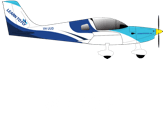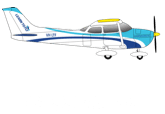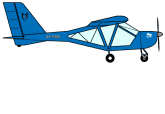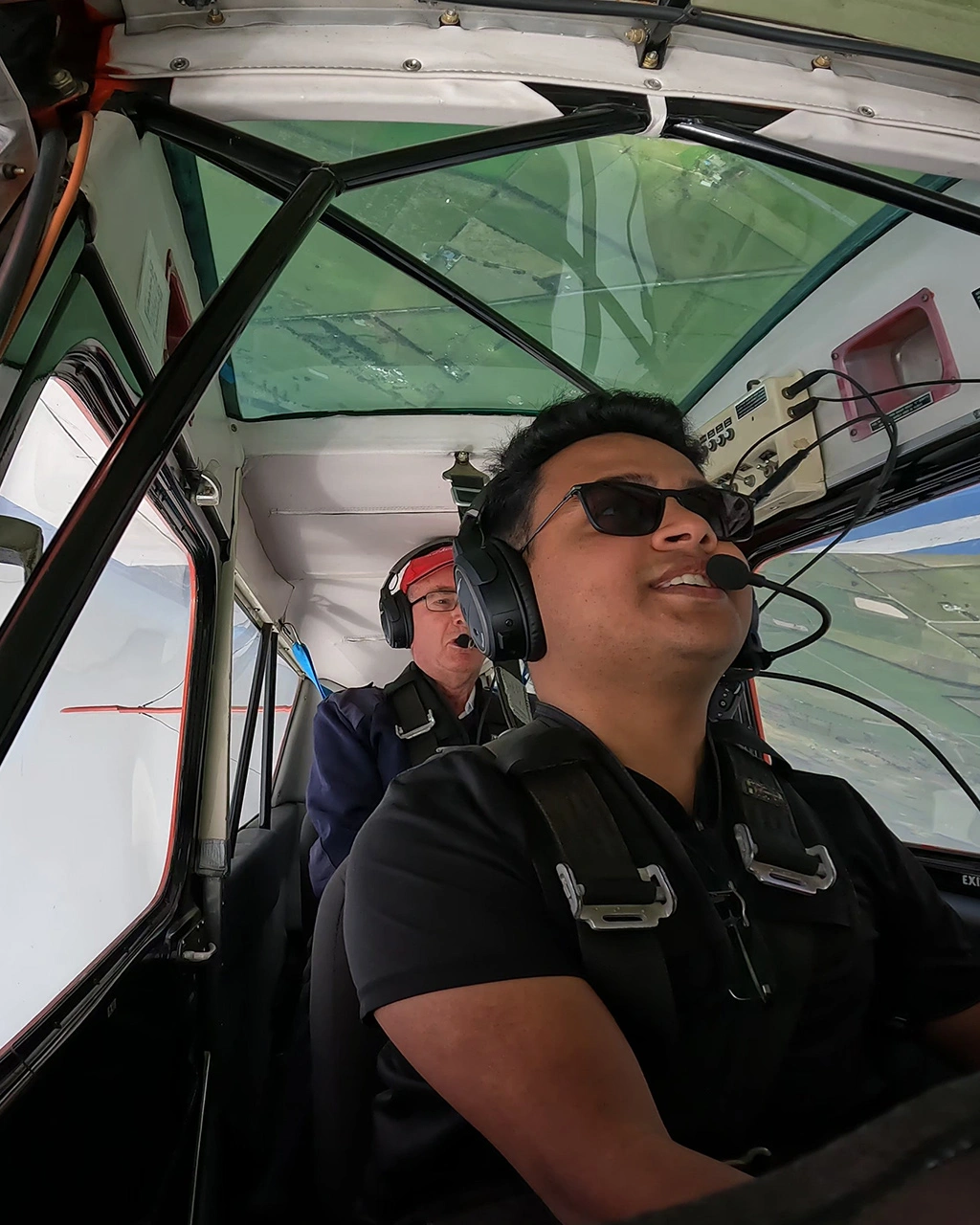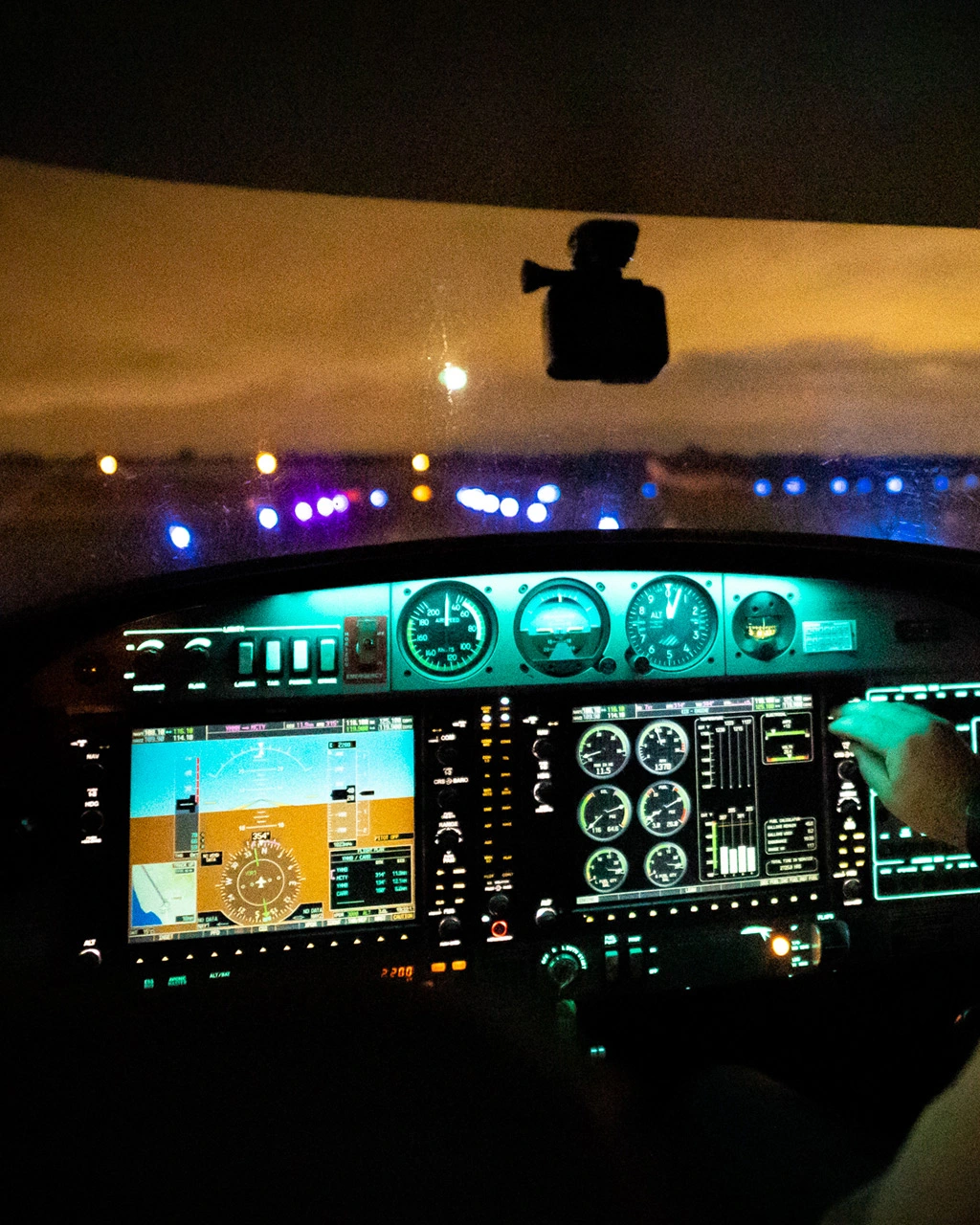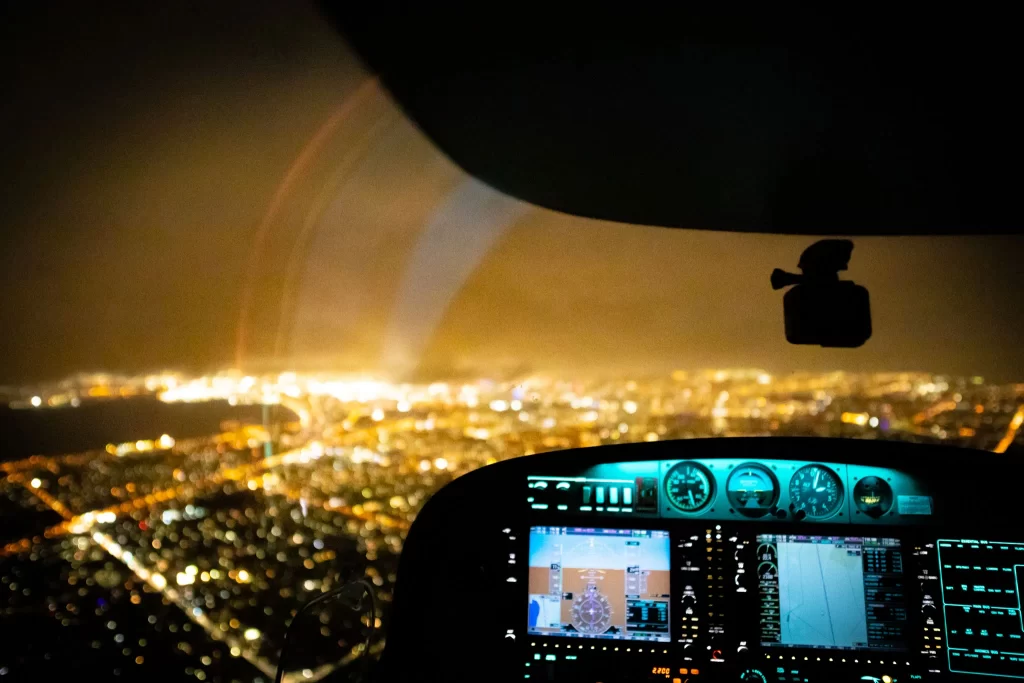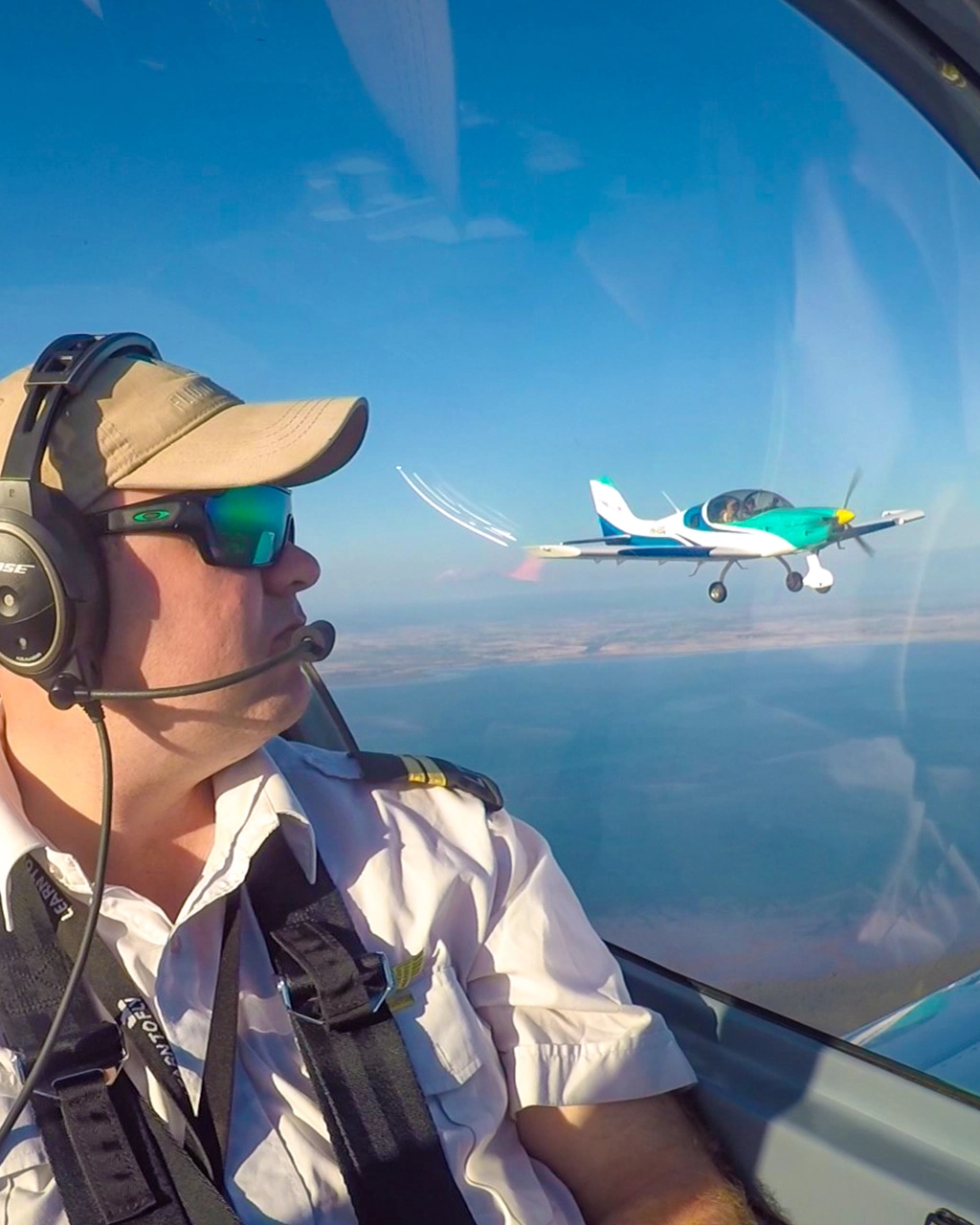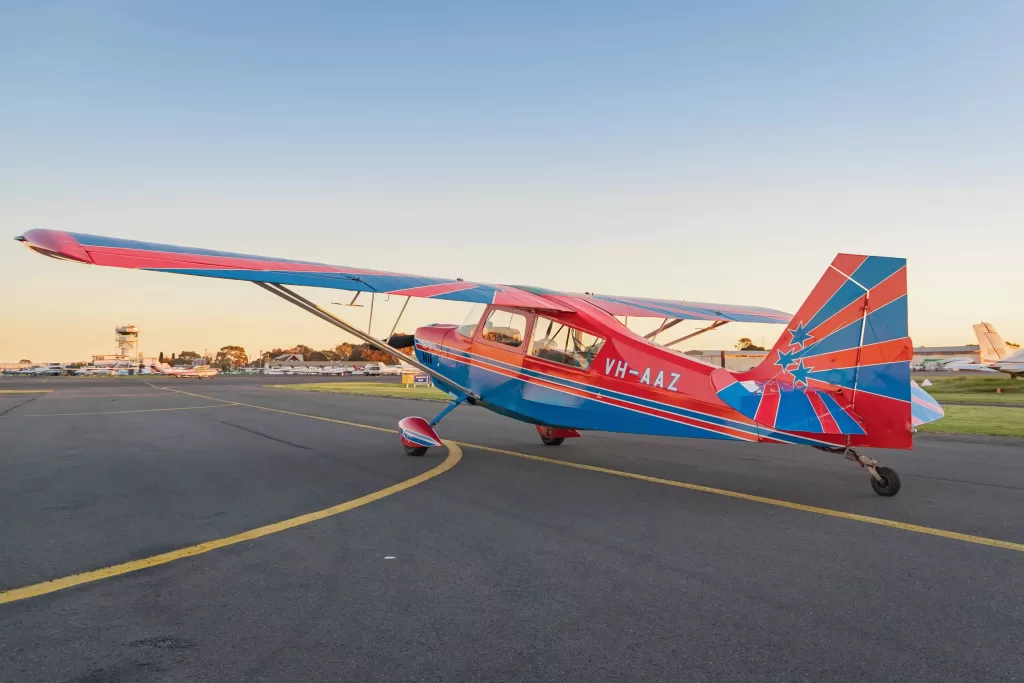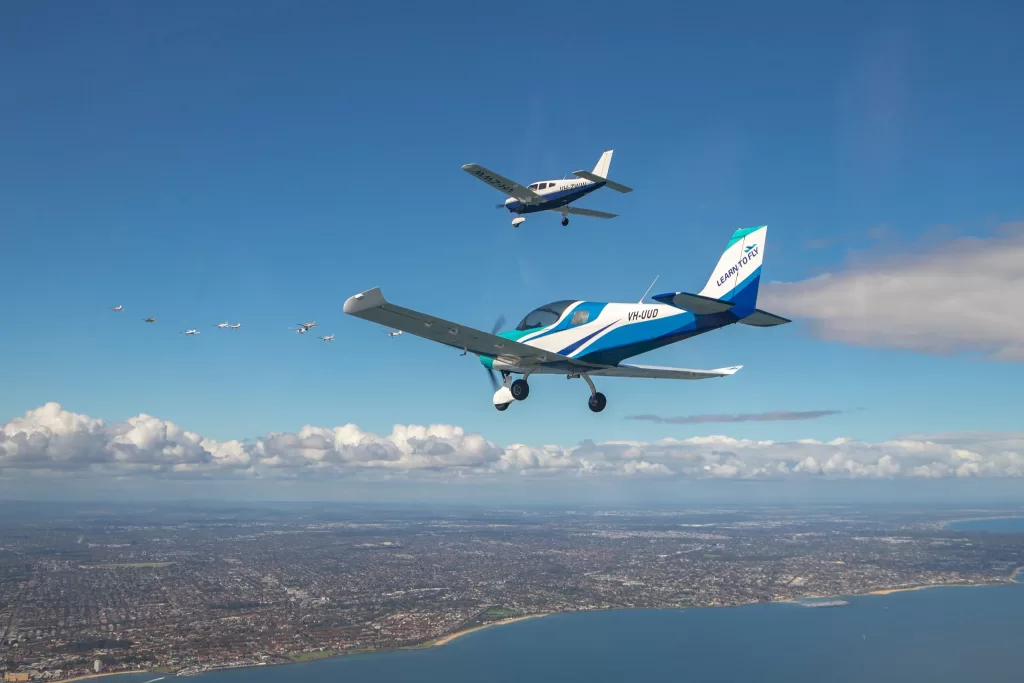Aerobatic flying is spectacular to watch, and a huge adrenaline rush if you’re actually in the cockpit! But on top of the excitement, aerobatics and spinning training teaches you some extremely important handling skills, and also builds your confidence as a pilot. If you’re looking to learn aerobatics in Melbourne, we can help!
Let’s take a look at aerobatic flying itself, and what course you need to complete in order to be able to perform aerobatics.
About Aerobatic Flying
What is aerobatic flying? As a general definition, aerobatic flying involves performing manoeuvres that involve aircraft attitudes not used in normal flight. Aerobatics require precise control of the aircraft, and in addition many manoeuvres create high G and negative G forces.
Aerobatic manoeuvres cause enhanced stresses on the aircraft’s structure, or airframe. For this reason, you require an aircraft that is rated for aerobatics, like our 8KCAB Super Decathlon. The Super Decathlon has 4-point safety harness seatbelts, as well as an airframe that is built to withstand aerobatic stresses between +6g and −5g.
To perform aerobatics, you need to know how your aircraft will handle and perform. But you also need to know how your body is going to react to forces it won’t be used to. Knowing how your body responds to different G forces and learning to cope with them when they occur is an important confidence-building tool.
There are other regulations that must be adhered to for aerobatic flying, such as Visual Meteorological Conditions (VMC), minimum altitudes, and minimum distances from populated areas or public gatherings. If you’re looking at flying aerobatics in Melbourne, Moorabbin Airport is a great training base, with plenty of favourable weather and suitable staging areas close by.
Aerobatics Courses in Melbourne
If you are looking to learn aerobatics, then the course you will need to complete is the Aerobatics & Spinning Endorsement. As the name suggests, this course teaches you how to handle an aircraft during both aerobatic manoeuvres and spins. You’ll complete ground theory and practical aircraft training, followed by an assessment flight.
Our Learn To Fly Aerobatics & Spinning Endorsement course at a glance:
– 5 Hours Ground School
– 7.5hrs Flight Training
– 8KCAB Super Decathlon Aircraft
– Moorabbin Airport
To be eligible to commence the Aerobatics & Spinning Endorsement course, you need to hold a valid Recreational Pilot Licence (RPL), Private Pilot Licence (PPL) or Commercial Pilot Licence (CPL).
Aerobatics & Spinning Endorsement – Course Process
Ground School
Briefings on flight dynamics, spin theory, airframes, and regulations, as well as physiological considerations including G forces and spatial disorientation.
Lesson 1 – Aerobatics
Learn and perform Loop, Barrel Roll, Aileron Roll, Hammerhead (Stall Turn), and Immelmann manoeuvres.
Lesson 2 – Spinning
Learn aircraft spin behaviour, and perfect successful recovery techniques from partial and fully developed spins.
Lesson 3 – Attitude Recovery
Learn how to detect and recover from the unusual aircraft attitudes created by spinning and aerobatic manoeuvres.
Assessment Flight
The Aerobatics & Spinning Endorsement assessment flight is a supervised solo flight where you will demonstrate all manoeuvres and techniques learnt during the course syllabus
Want to find out more about learning aerobatics in Melbourne? Get in touch by email to hello@learntofly.edu.au or schedule a meeting and school tour at https://drift.me/learntofly/meeting today! Don’t forget to click the button below and subscribe to our YouTube channel where we have a great range of flight training content, as well as free RPL/PPL flying lesson videos!



